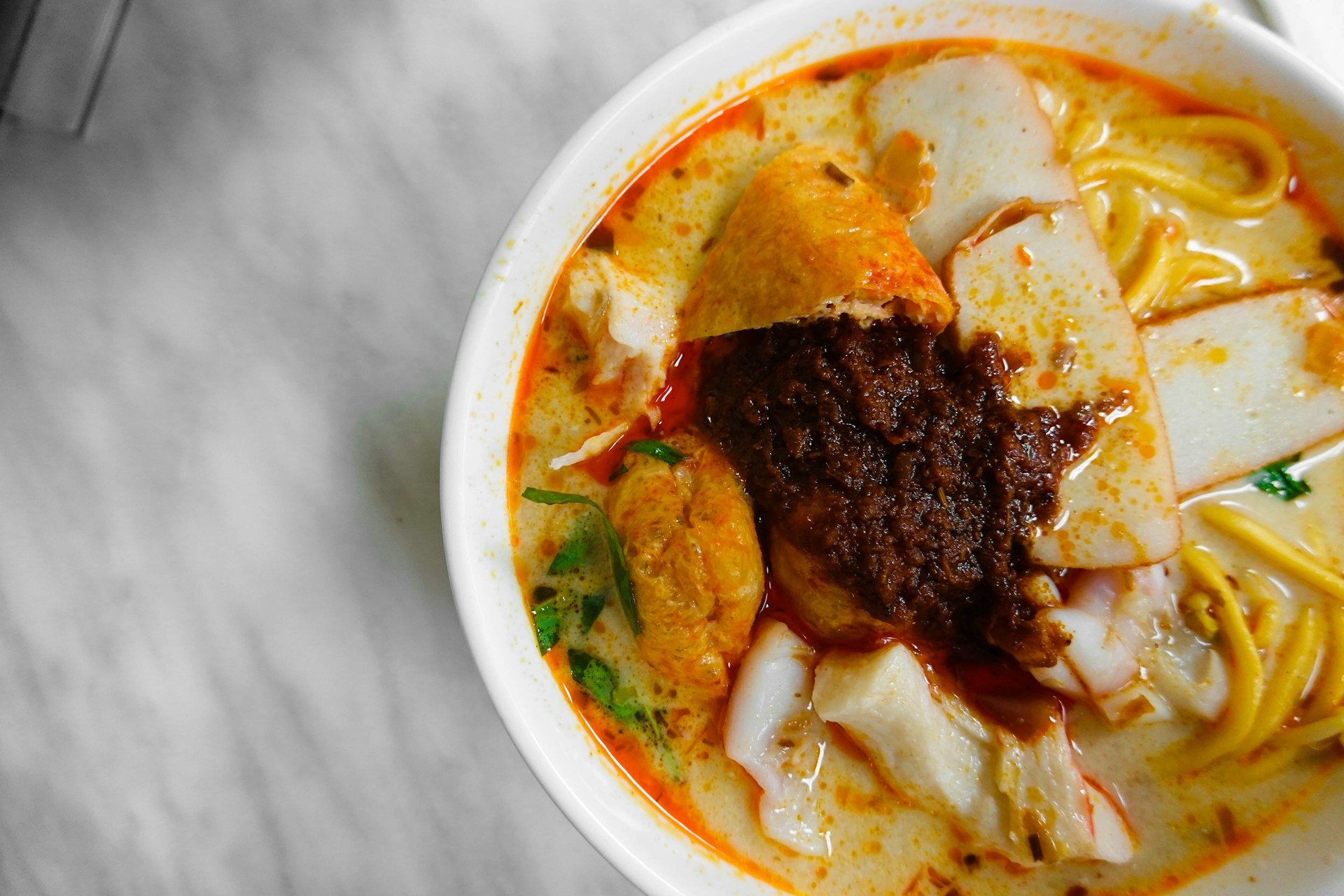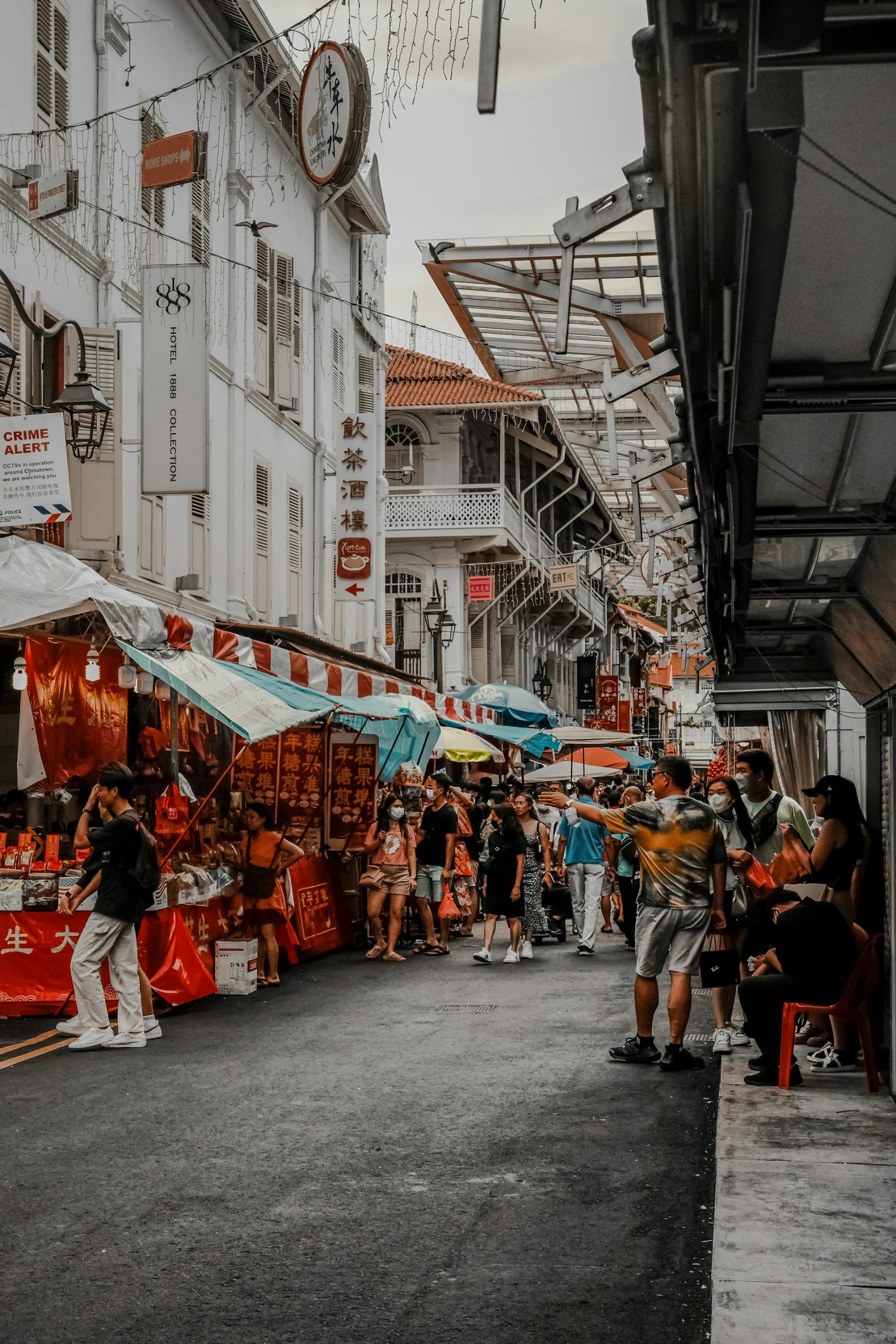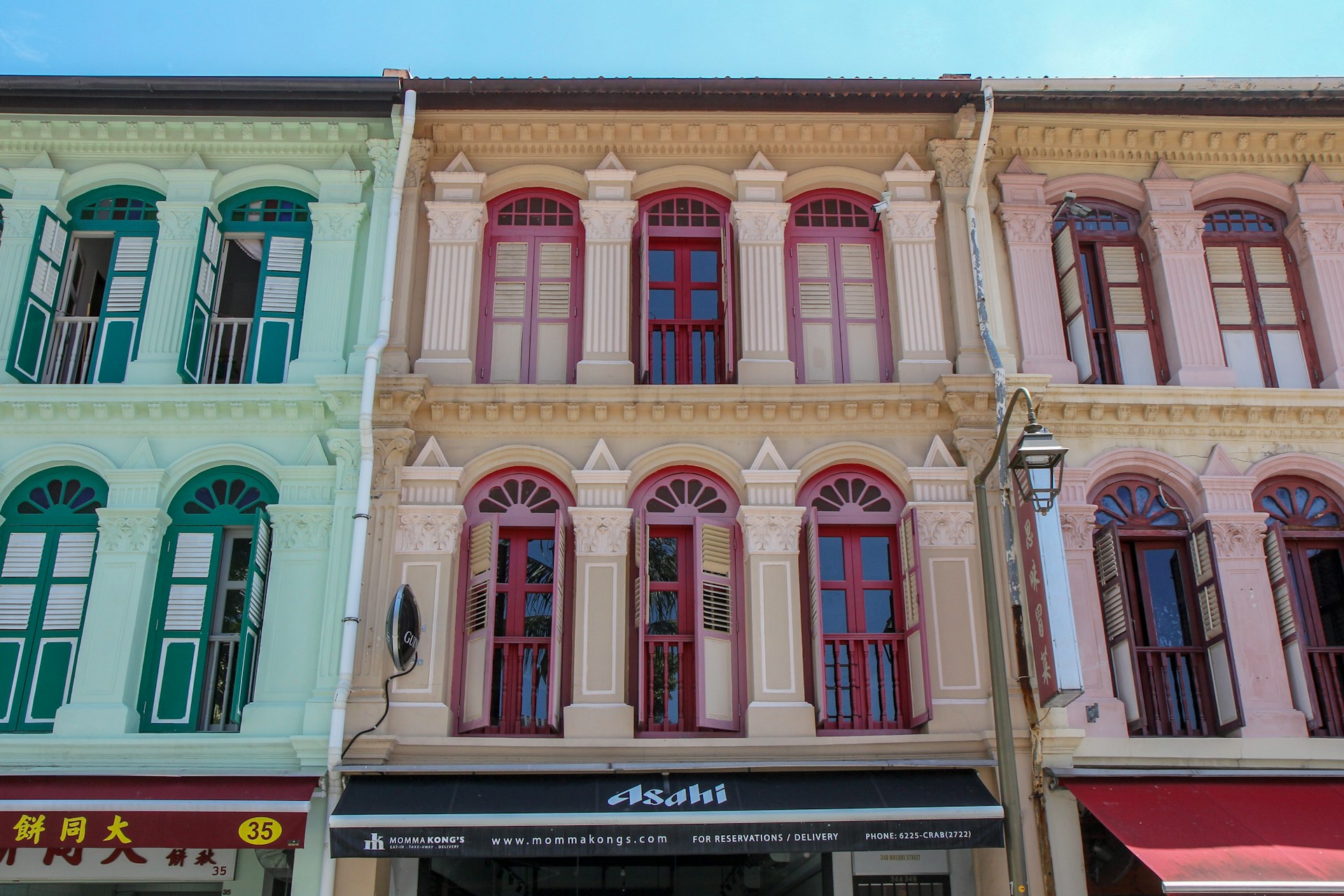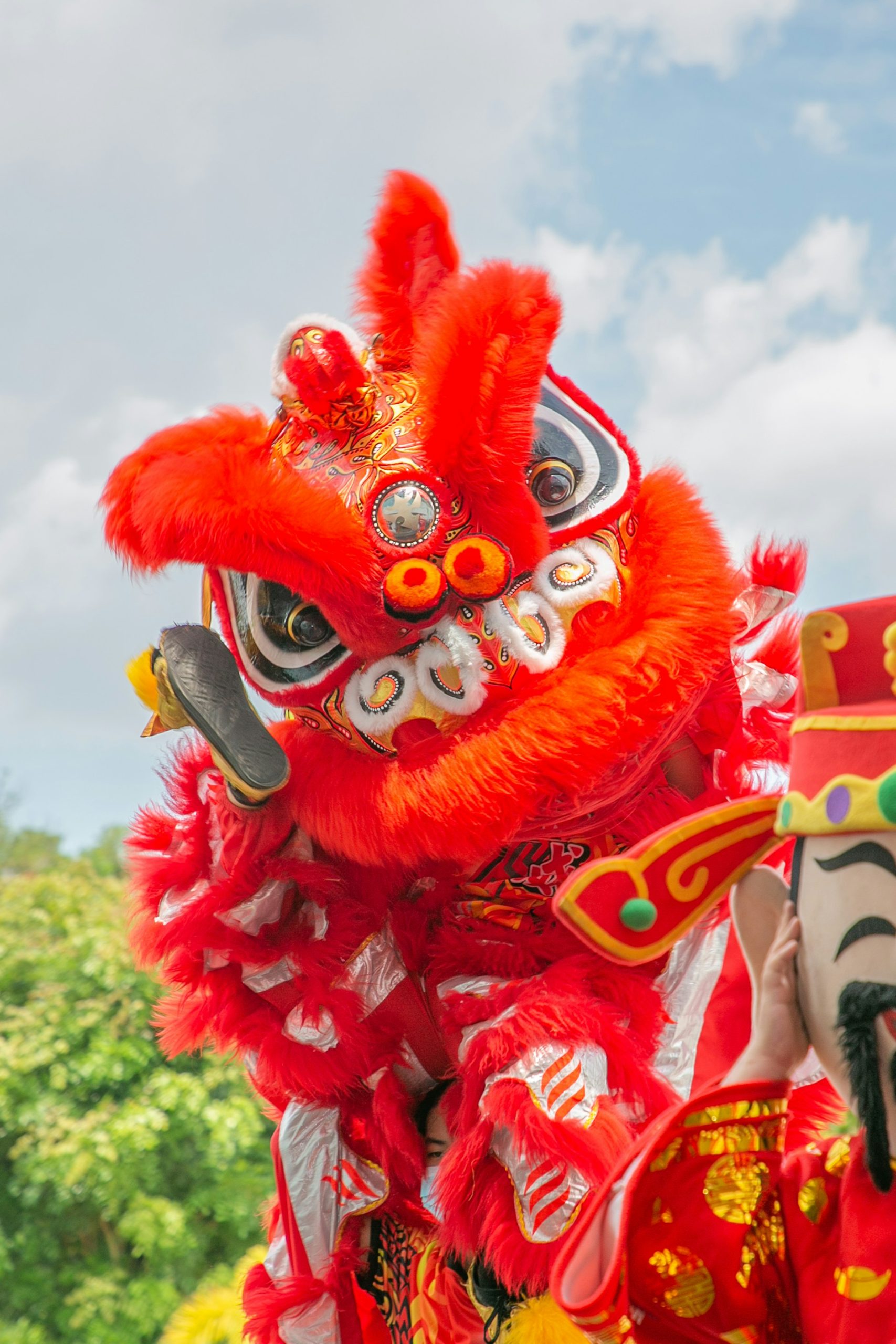10 Fun Facts About Chinatown That Every Backpacker Should Know
Singapore’s Chinatown is a must-visit destination for backpackers, rich in history, culture, and vibrant local life. It’s a neighbourhood where heritage meets modernity, and every corner tells a story. Here are 10 fun facts that every backpacker should know about this dynamic and exciting part of Singapore.
1. A Historical Hub of Singapore’s Chinese Immigrants
Chinatown traces its roots back to the early 19th century, making it one of the oldest areas in Singapore. When the British established a trading post in 1819, Chinese immigrants came to Singapore in search of work and opportunity. Chinatown became the heart of this Chinese immigrant community, divided into areas based on dialect groups like Cantonese, Hokkien, and Teochew.
Walking through the streets of Chinatown today, backpackers can still see the influence of these early settlers in the architecture, food, and traditional businesses that operate in the area. It’s like taking a step back in time while experiencing the lively buzz of modern Singapore.
2. Home to Singapore’s Oldest Hindu Temple
While Chinatown is mainly associated with Chinese culture, it’s also home to Singapore’s oldest Hindu temple, Sri Mariamman Temple. Built in 1827, this temple is a symbol of Singapore’s multicultural identity and religious harmony. Dedicated to the goddess Mariamman, known for her powers of healing, the temple is a key site for Singapore’s Hindu community.
Notable Features:
- The temple is famous for its Dravidian-style architecture, particularly its intricate, colorful gopuram (tower) covered with sculptures of Hindu deities.
- Theemithi Festival: If you visit during the Theemithi festival, you’ll witness Hindu devotees walking barefoot across burning coals as part of their spiritual practices, a fascinating sight for backpackers.
3. A Blend of Chinese and British Architecture
Chinatown is a unique fusion of traditional Chinese and British colonial architecture. As Singapore developed under British rule, the layout of Chinatown was designed in a grid-like fashion, typical of British planning. However, the buildings within this grid are unmistakably Chinese in their design, especially the shophouses that have become iconic symbols of Singapore.
These shophouses, characterised by their narrow, tall structures with tiled roofs, ornate carvings, and colourful facades, were often used for both residential and commercial purposes. Backpackers exploring Chinatown will find that many of these heritage buildings have been repurposed into modern cafes, boutiques, and galleries while retaining their historical charm.
4. Chinatown Complex: The Largest Hawker Centre
For food-loving backpackers, Chinatown Complex is a paradise. This massive hawker centre, located in the heart of Chinatown, is home to over 260 food stalls offering some of the best local dishes at budget-friendly prices.
Must-Try Dishes at Chinatown Complex:
- Hainanese Chicken Rice: A classic Singaporean dish that can be found in many stalls.
- Char Kway Teow: Stir-fried noodles with prawns, eggs, and Chinese sausage.
- Laksa: A rich, spicy noodle soup with coconut milk.

For those looking for a Michelin-starred meal on a budget, be sure to visit Liao Fan Hong Kong Soya Sauce Chicken Rice & Noodle, the world’s cheapest Michelin-starred meal.
5. The Buddha Tooth Relic Temple
A standout landmark in Chinatown is the Buddha Tooth Relic Temple, a stunning Buddhist temple built in 2007. The temple is named after the sacred relic it houses—a tooth believed to have belonged to the Buddha himself. This relic is enshrined in a 3.5-ton stupa made of solid gold, located in the temple’s Sacred Light Hall.
For backpackers, the temple offers:
- Free daily tours that explain the history of the temple and its religious significance.
- Museum: The upper floors house a museum dedicated to Buddhist art and culture, where visitors can see artefacts from various Asian countries.
- Rooftop Garden: Don’t miss the peaceful rooftop garden, complete with a prayer wheel, providing a serene escape from the bustling streets below.
6. Street Markets Galore
No trip to Chinatown would be complete without wandering through its lively street markets. The vibrant Chinatown Street Market is where you’ll find a treasure trove of souvenirs, from jade jewellery and silk clothing to handcrafted lanterns and traditional Chinese goods.
Top Finds in Chinatown Street Market:
- Chinese herbs and teas: Perfect for health-conscious travellers.
- Batik fabric: A traditional art form with beautiful, colourful designs.
- Street food stalls: Try local snacks like kaya toast and curry puffs while browsing the market.

These street markets offer a chance to interact with local vendors and score some unique finds at reasonable prices—an ideal stop for backpackers on a budget.
7. Heritage Shophouses
As you stroll through Chinatown, you’ll encounter the famous heritage shophouses that date back to the early 1900s. These narrow, multi-story buildings are a symbol of Singapore’s architectural past, with their distinctive facades featuring decorative tiles, wooden shutters, and carved details.
Many of these shophouses have been restored and transformed into trendy cafes, restaurants, and boutique shops, making them perfect spots for backpackers to relax after a day of exploring. Streets like Ann Siang Hill and Club Street are lined with these colourful heritage buildings, offering a charming mix of history and modernity.

8. Chinese New Year Celebrations
If you’re planning to visit Singapore in January or February, don’t miss Chinese New Year celebrations in Chinatown. During this period, the streets are adorned with red lanterns, the air is filled with the sounds of firecrackers, and the whole district comes alive with festive energy.
Chinese New Year Highlights:
- Lion Dances: Traditional performances where dancers dressed as lions bring good luck to businesses and homes.
- Festive Markets: Special Chinese New Year markets pop up, offering traditional goodies like pineapple tarts and nian gao (sweet rice cake).
- Chinatown Light-Up: Streets are illuminated with vibrant lantern displays, creating a magical atmosphere.

Backpackers visiting during this time will have the chance to witness one of Singapore’s most important and culturally significant festivals, with plenty of food and entertainment to enjoy.
9. A Cultural Mix of Religions
Chinatown is a reflection of Singapore’s cultural and religious diversity. While it’s known for its Chinese heritage, the neighbourhood is home to religious landmarks representing various faiths, all coexisting peacefully.
- Sri Mariamman Temple: Singapore’s oldest Hindu temple.
- Jamae Mosque: A mosque serving the local Muslim community, showcasing the religious harmony that Singapore is known for.
- Buddha Tooth Relic Temple: A significant Buddhist site, as mentioned earlier.
This blend of religious sites within such a small area makes Chinatown a unique destination for backpackers interested in exploring the cultural diversity of Singapore.
10. The Chinatown Heritage Centre
For backpackers looking to delve deeper into the history of Singapore’s Chinese community, the Chinatown Heritage Centre is a must-visit. This museum is located in a row of restored shophouses and offers a fascinating look at the lives of Singapore’s early Chinese immigrants.
Highlights of the Chinatown Heritage Centre:
- Recreated living spaces: See how early Chinese immigrants lived in cramped, shared quarters.
- Personal stories: Exhibits feature stories of real individuals who worked and lived in Chinatown, providing a personal touch to Singapore’s immigrant history.
- Immigrant trades: Learn about the various trades and businesses that flourished in Chinatown, from traditional medicine shops to carpentry.
The Chinatown Heritage Centre provides a deeper appreciation of the struggles and contributions of the Chinese immigrant community that shaped the district into what it is today.
Time to Dive Into Chinatown!
Whether you’re exploring the historical shophouses, indulging in Michelin-starred street food, or learning about Singapore’s immigrant past at the Chinatown Heritage Centre, this neighbourhood is a backpacker’s dream. Full of history, culture, and fantastic food, Chinatown offers an unforgettable experience for anyone visiting Singapore. So pack your bags, bring your appetite, and get ready to explore one of the city’s most iconic neighbourhoods!


